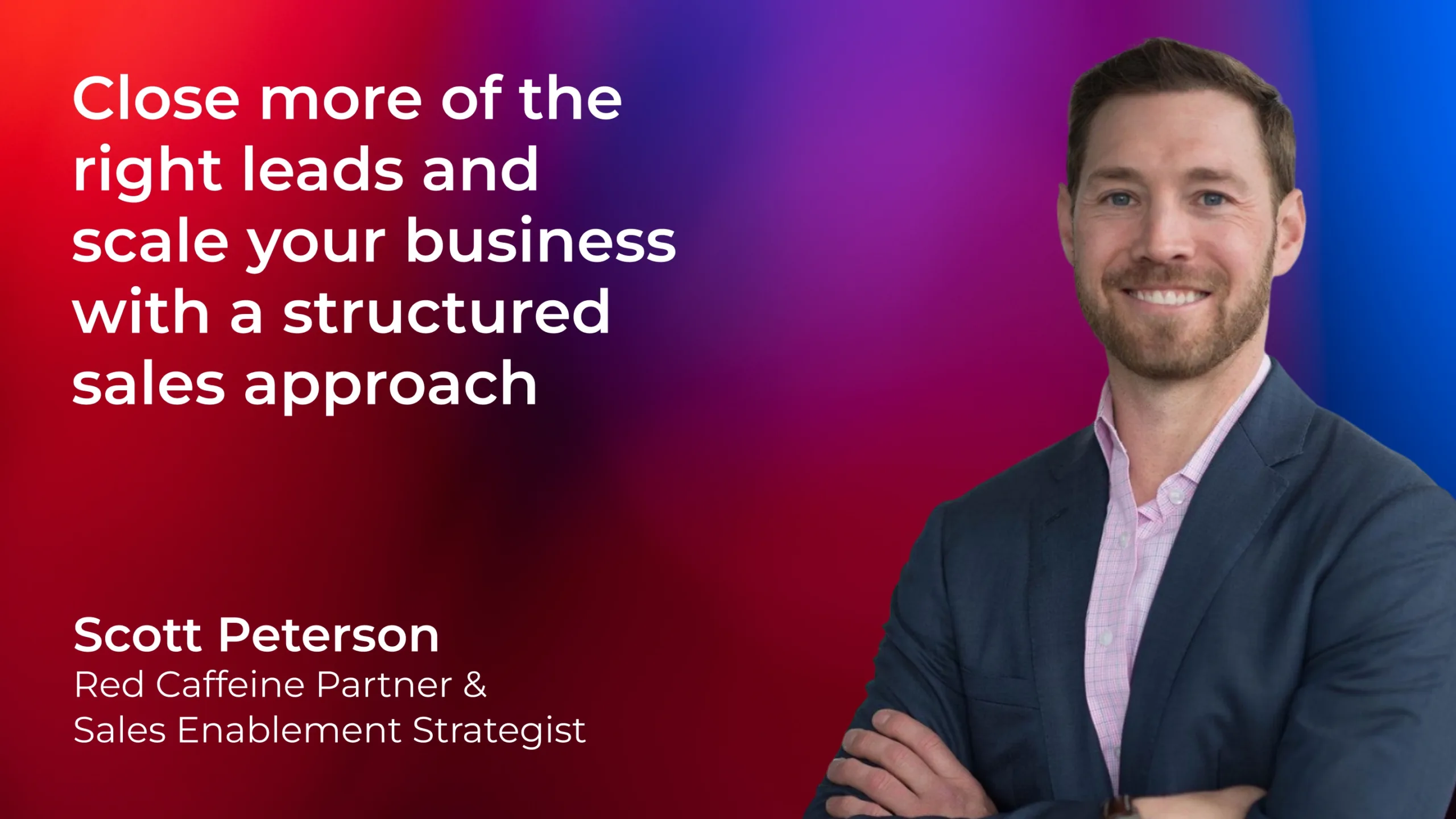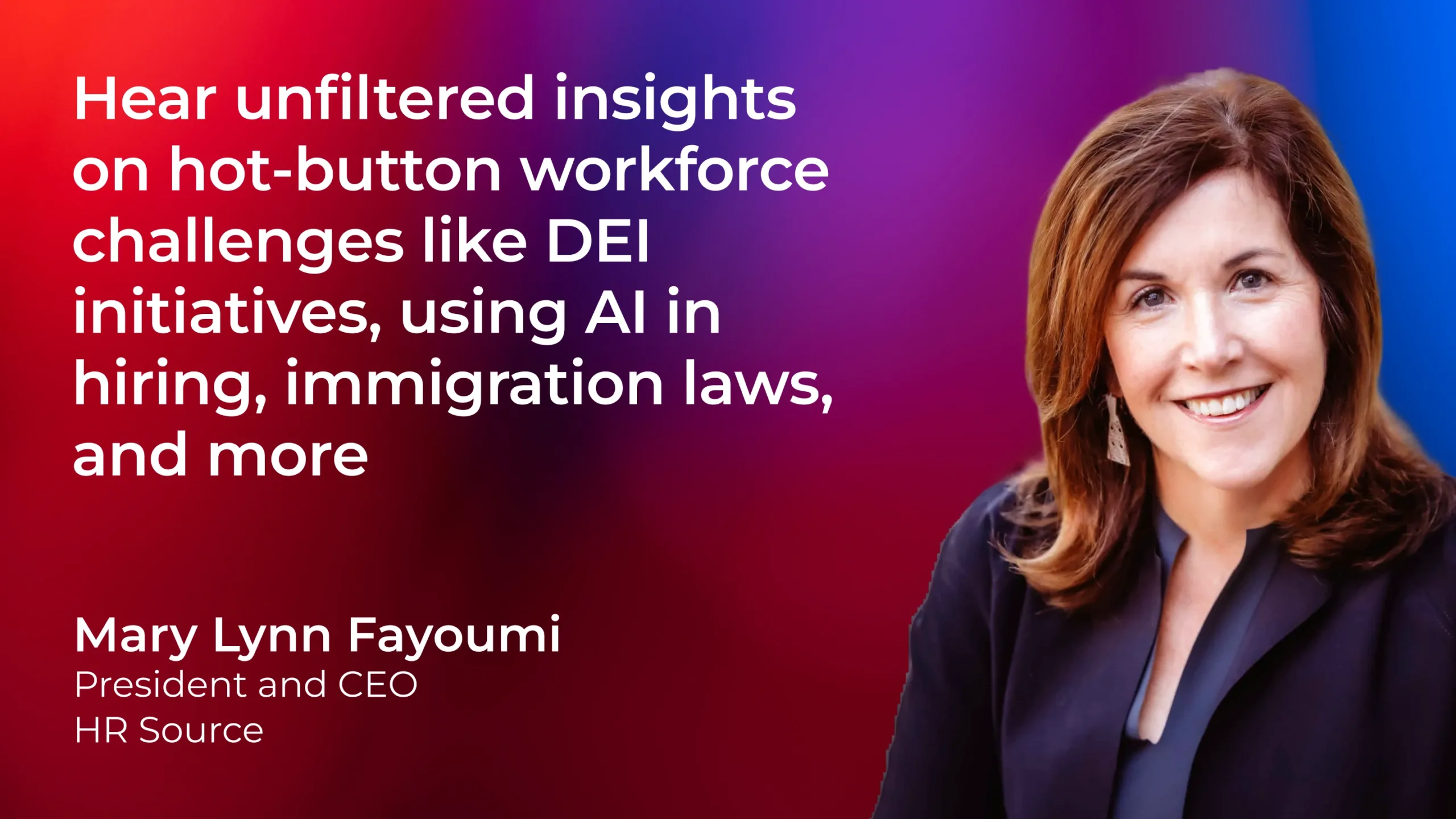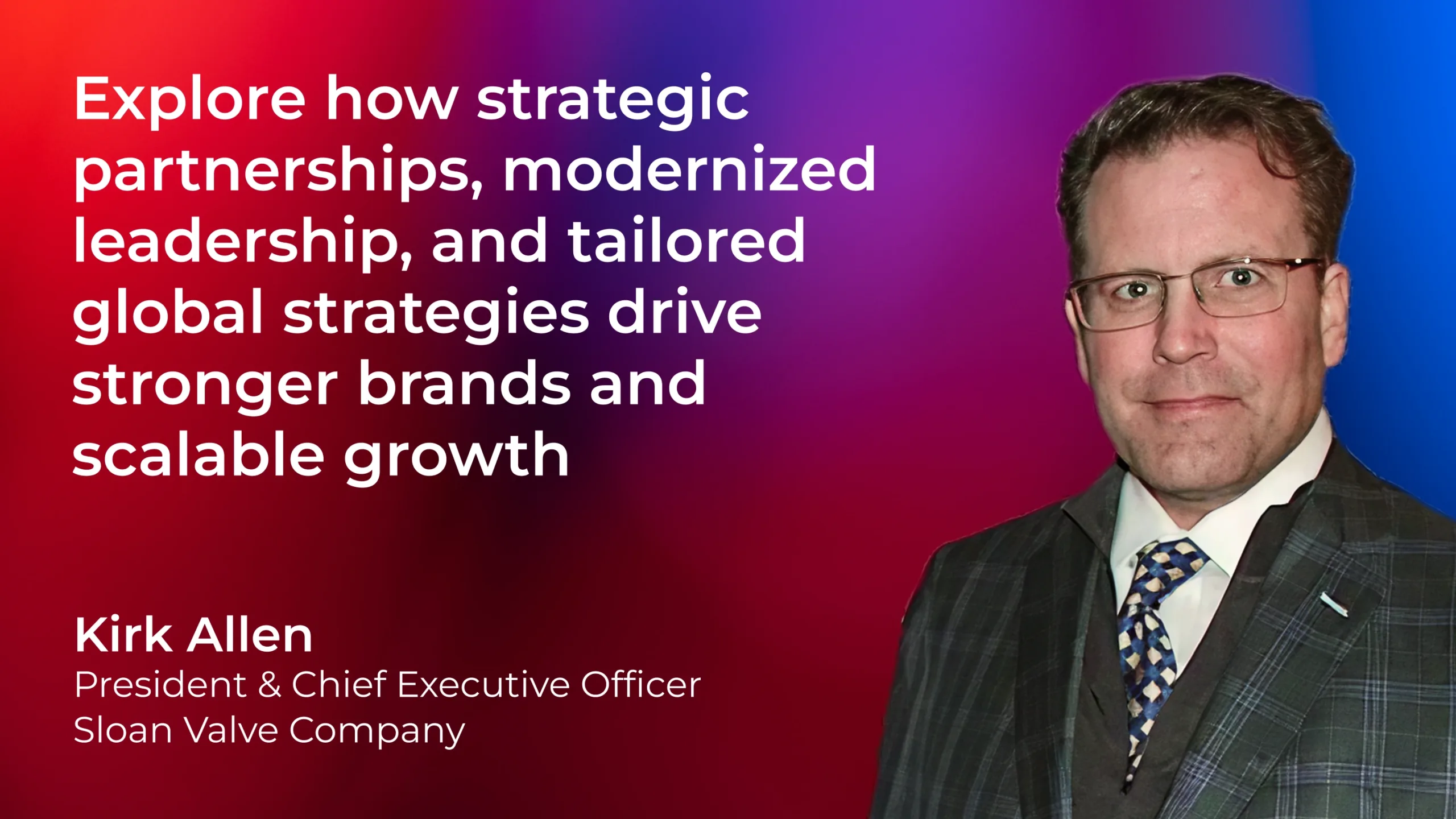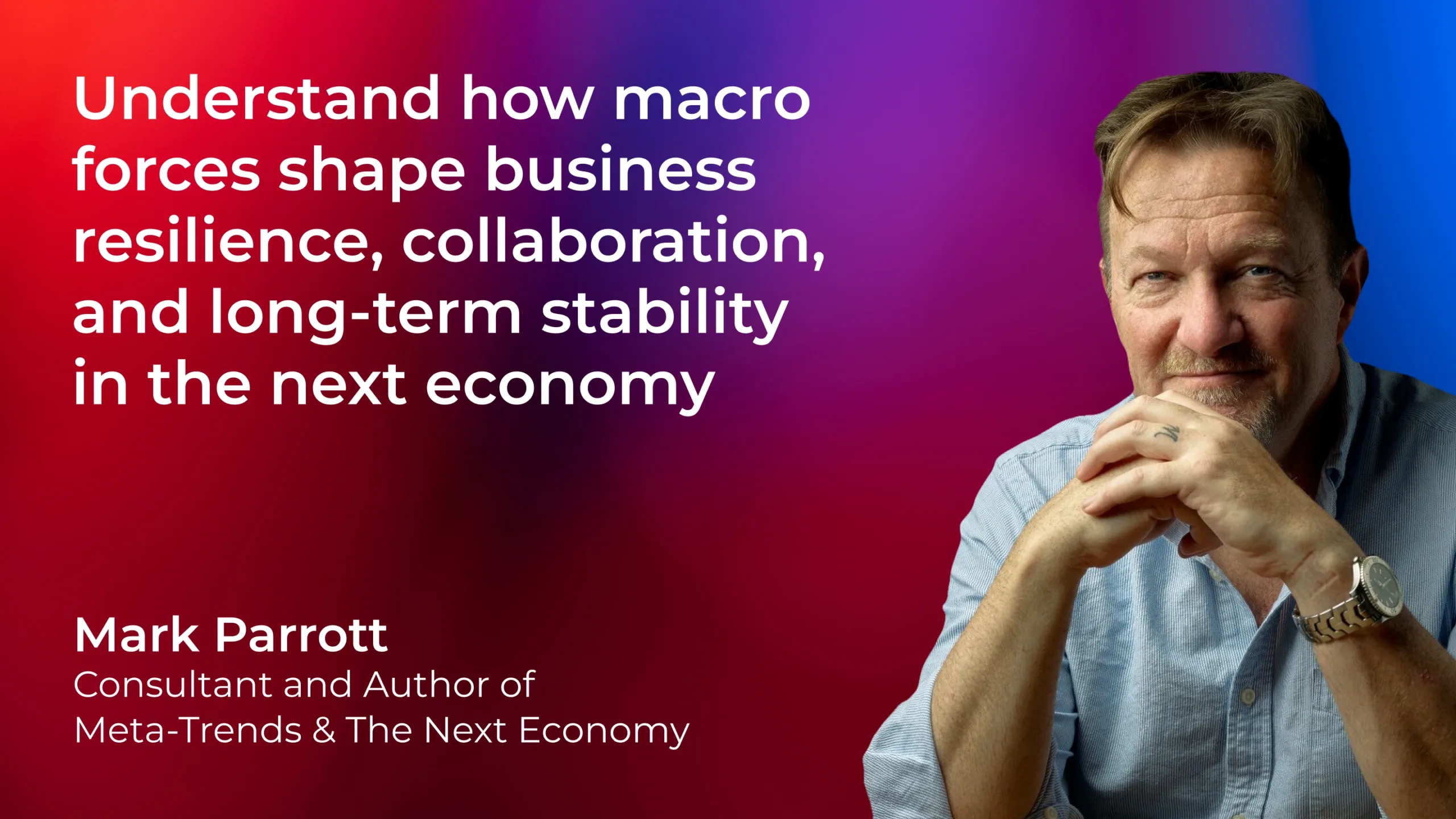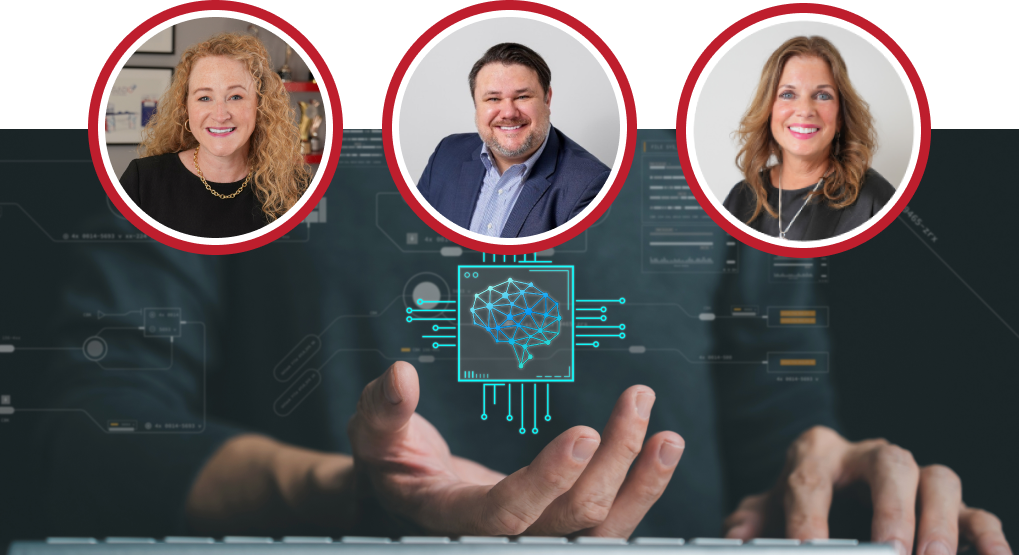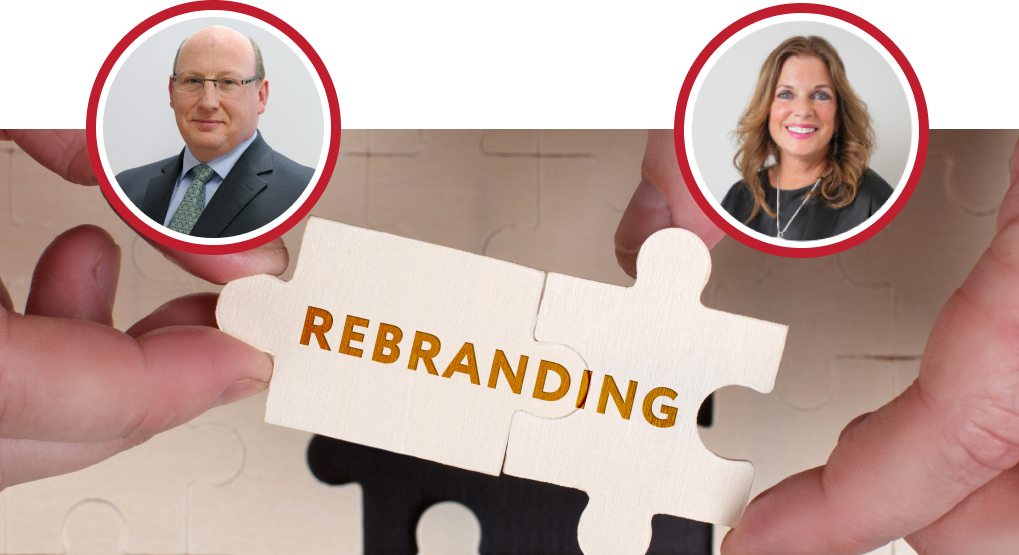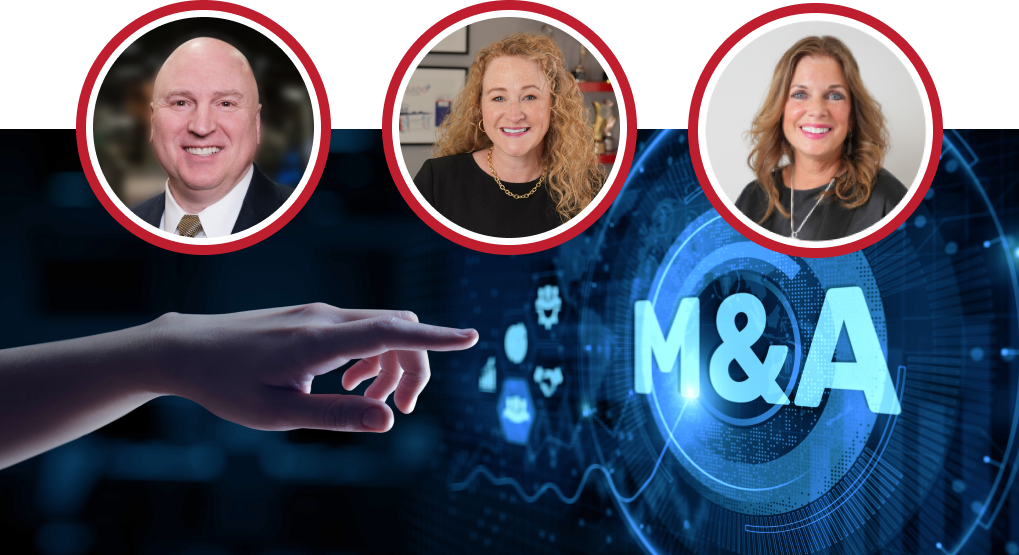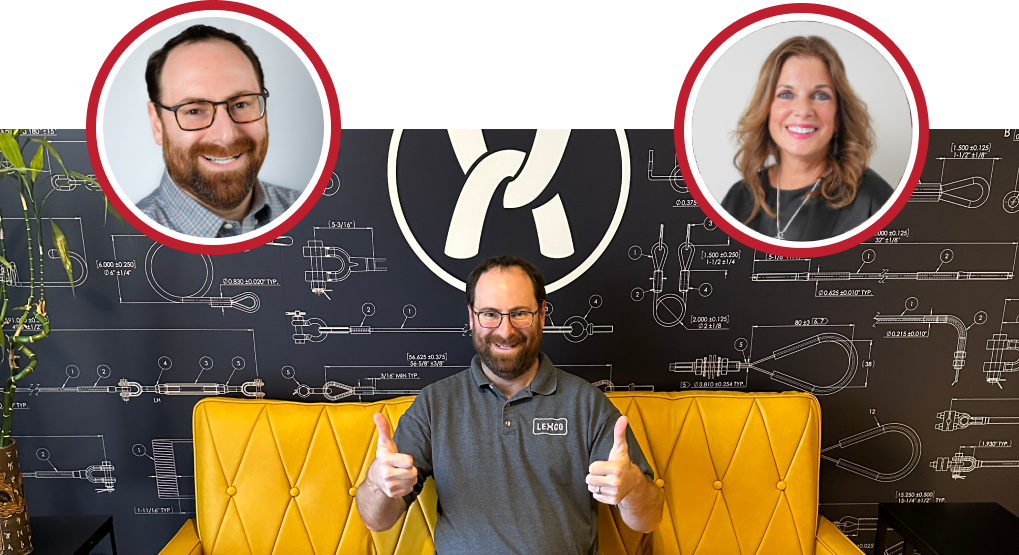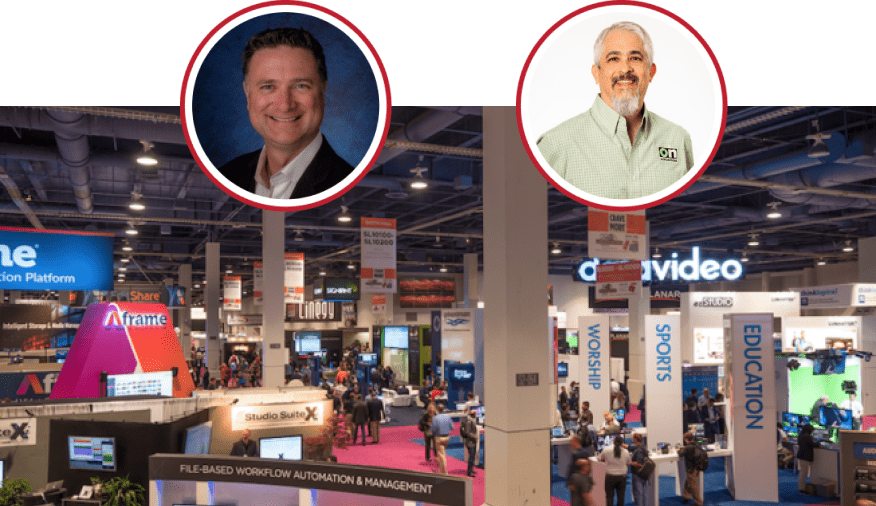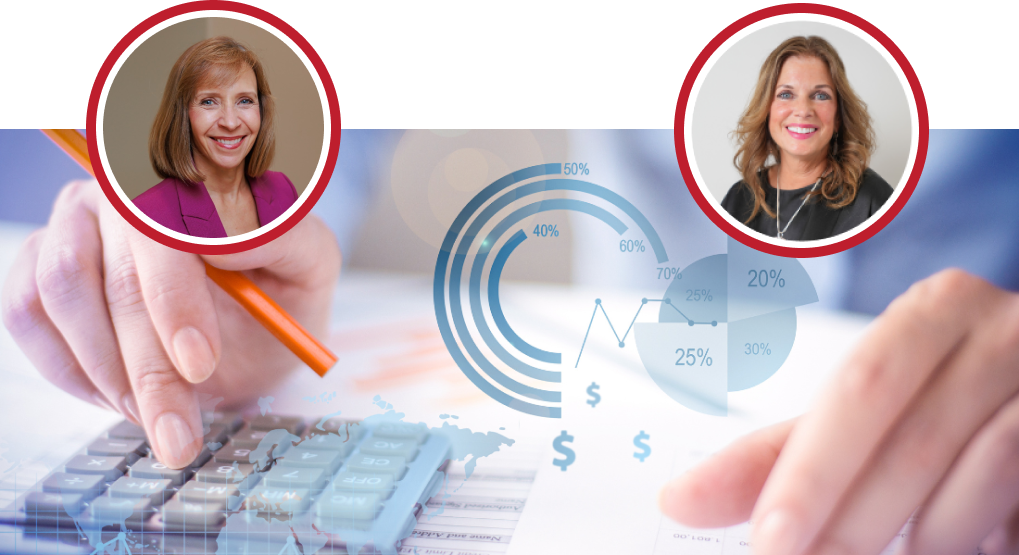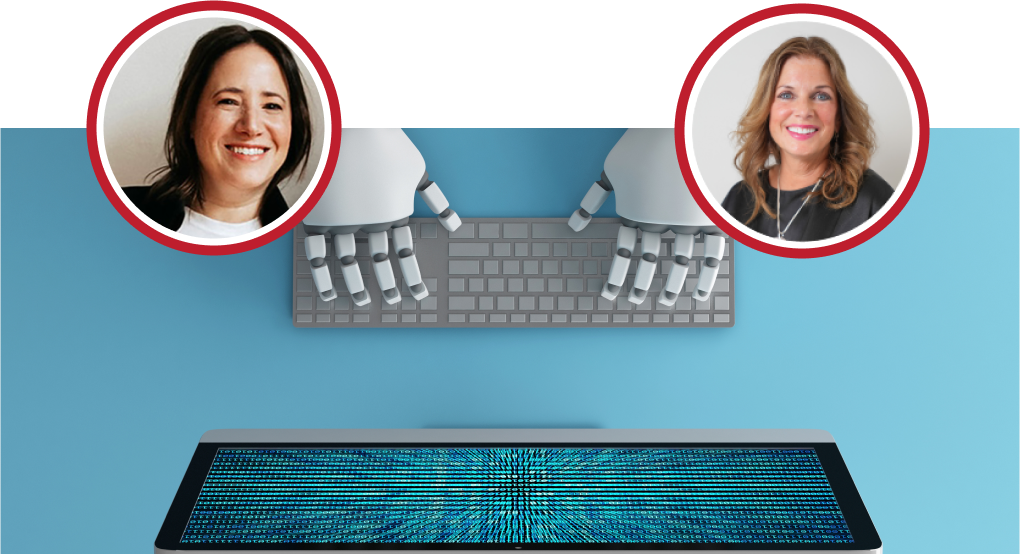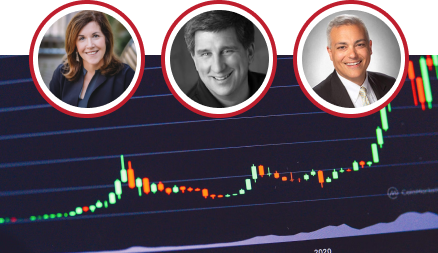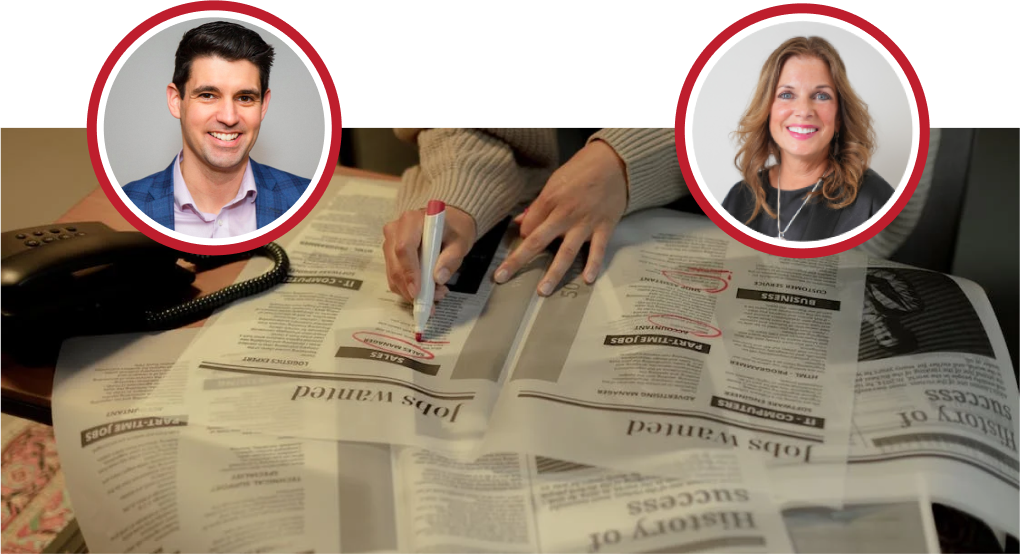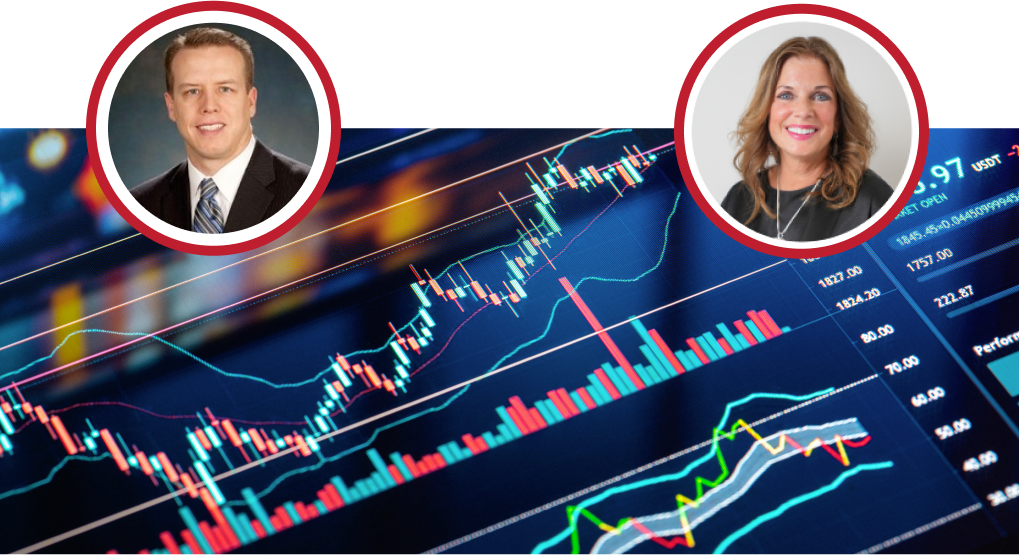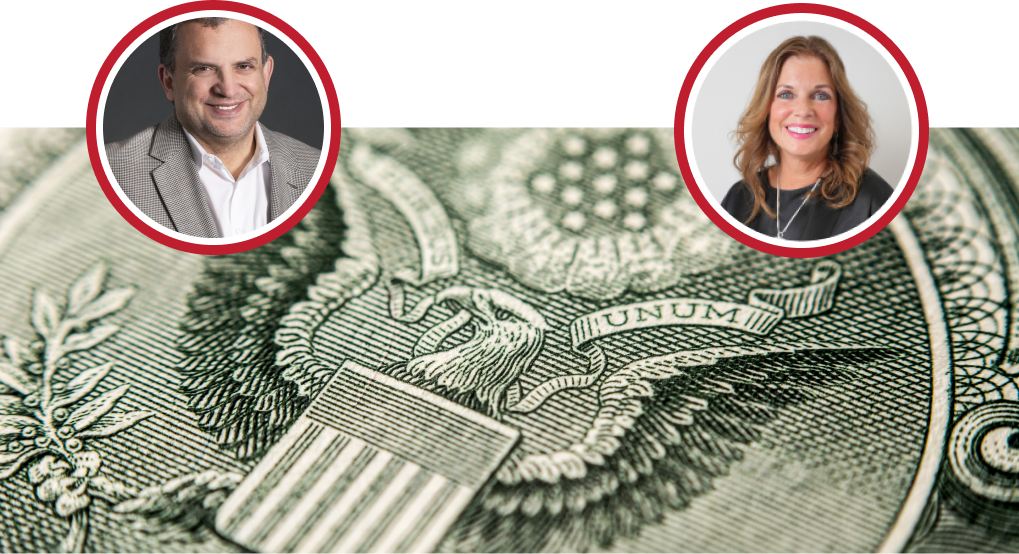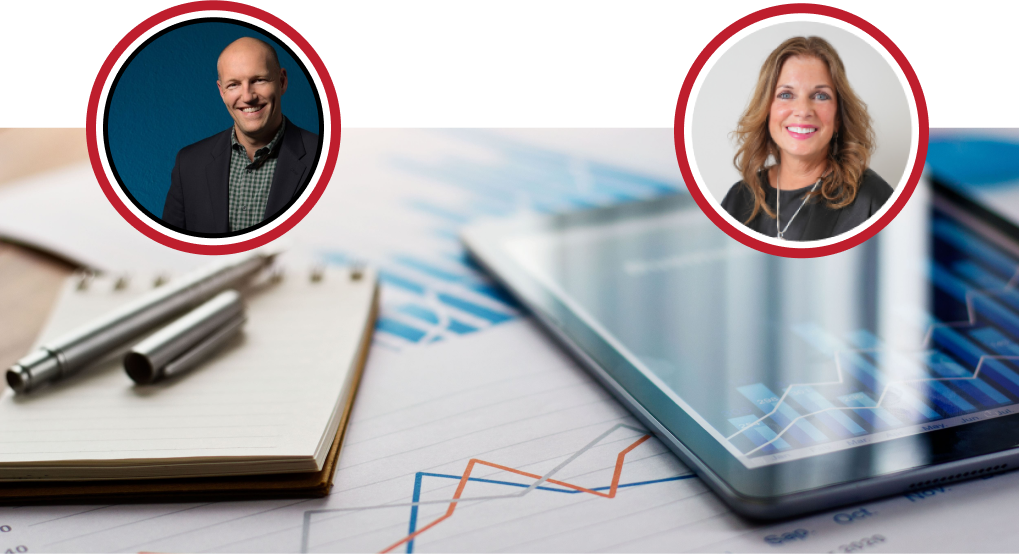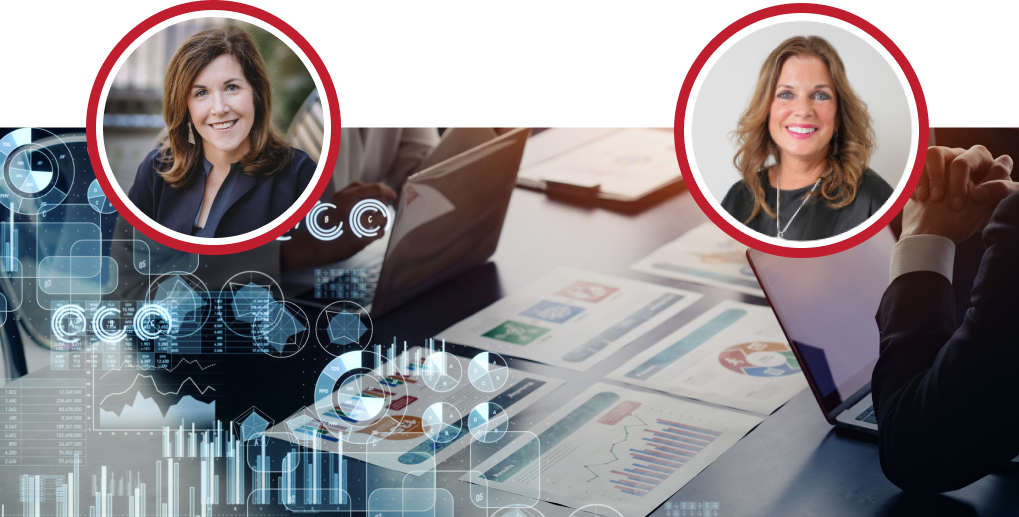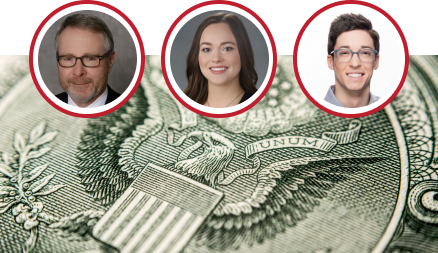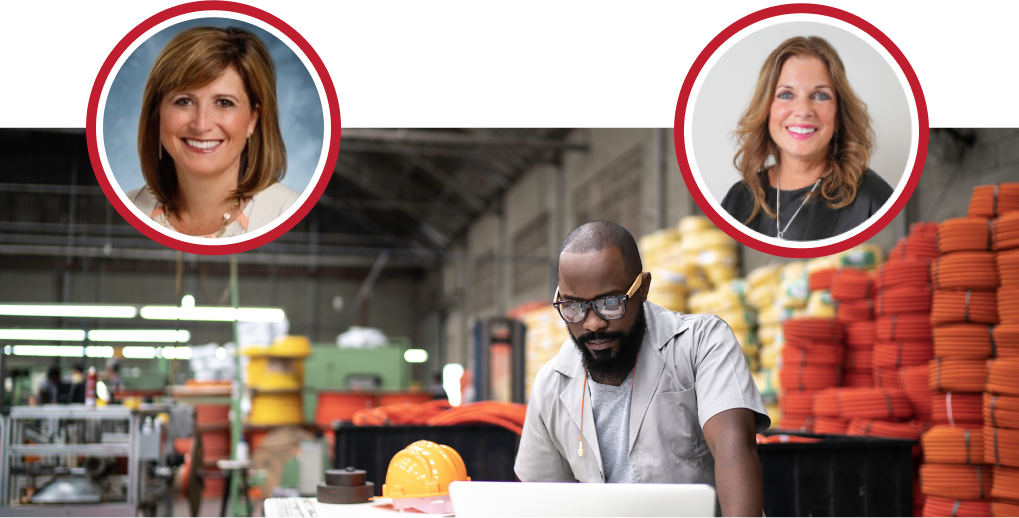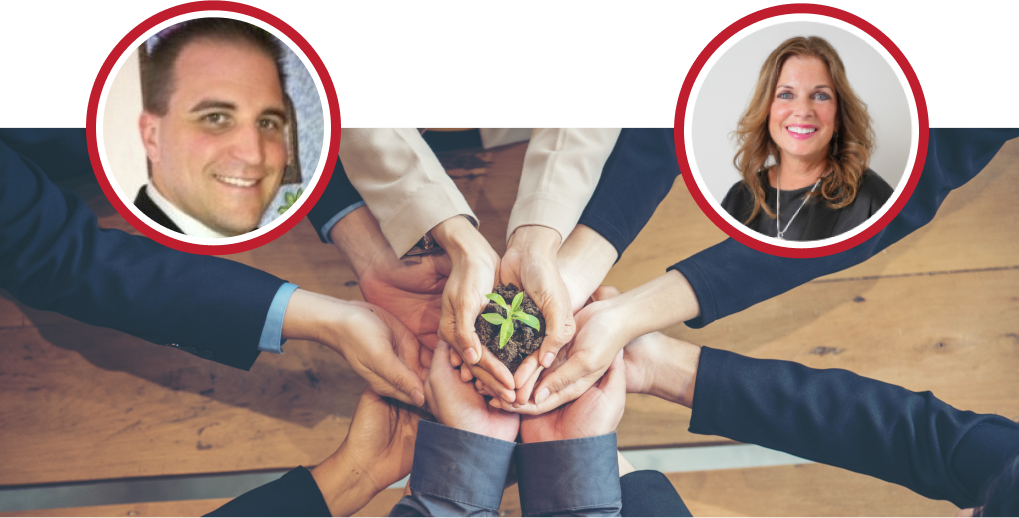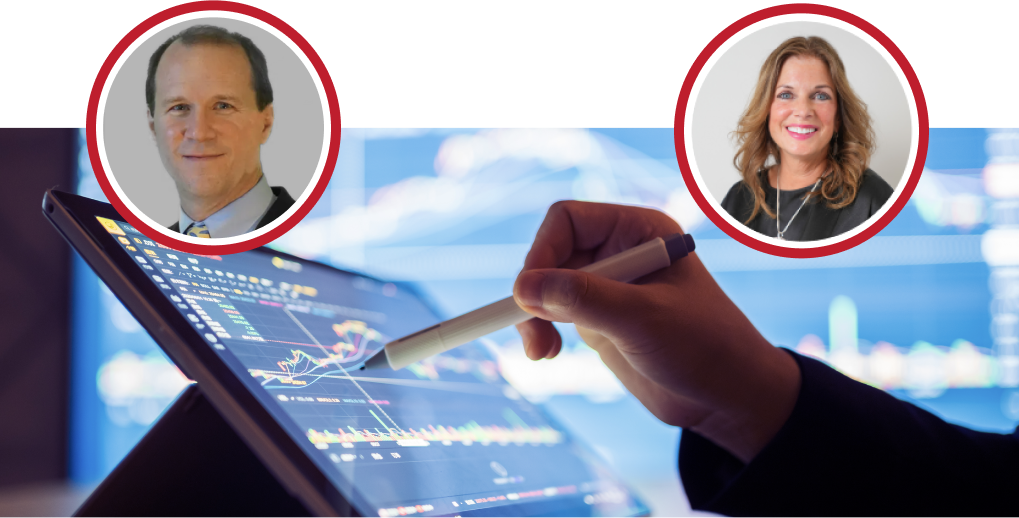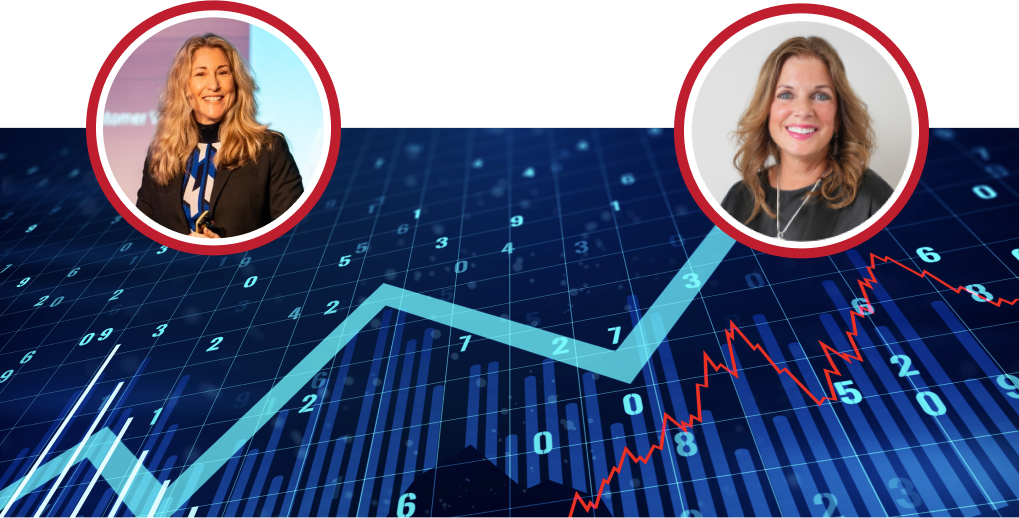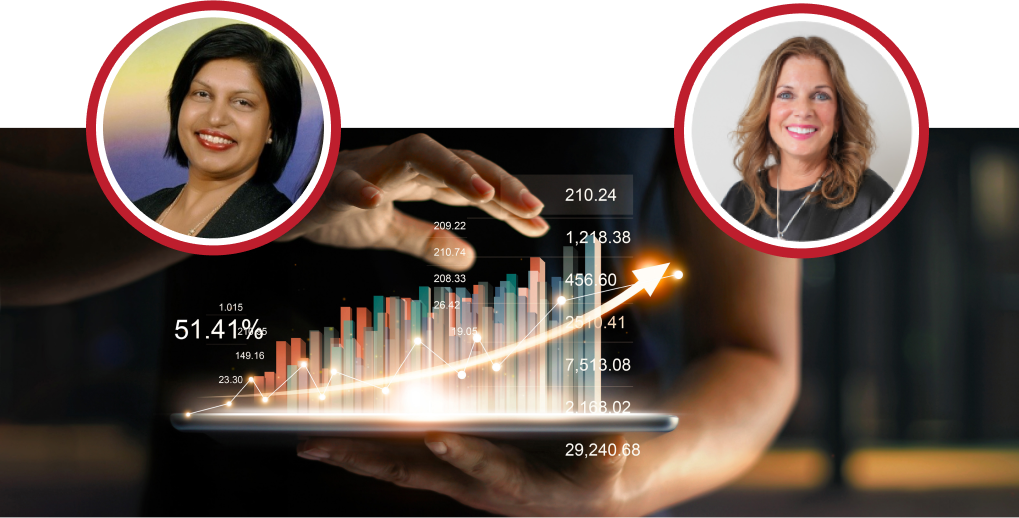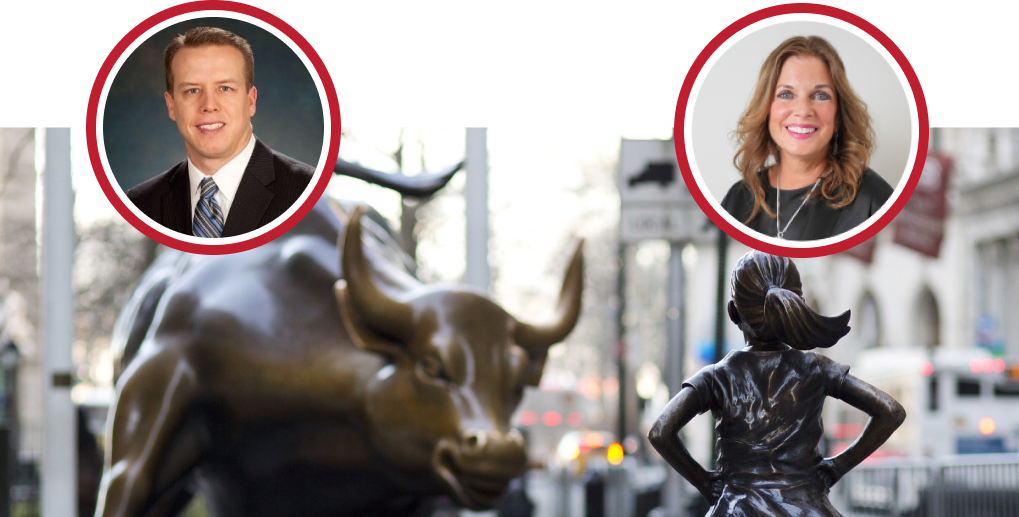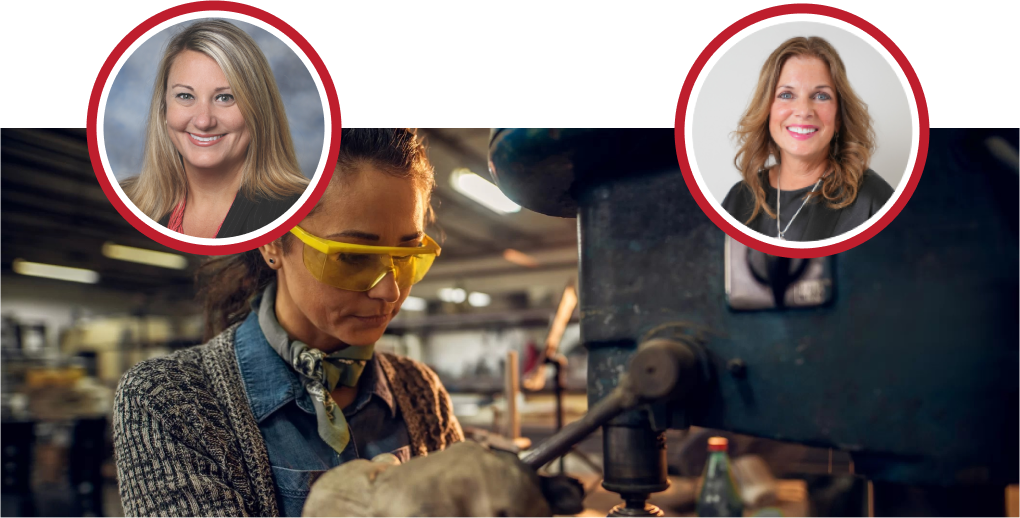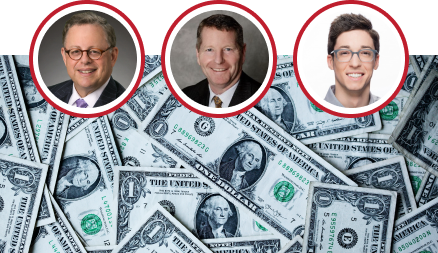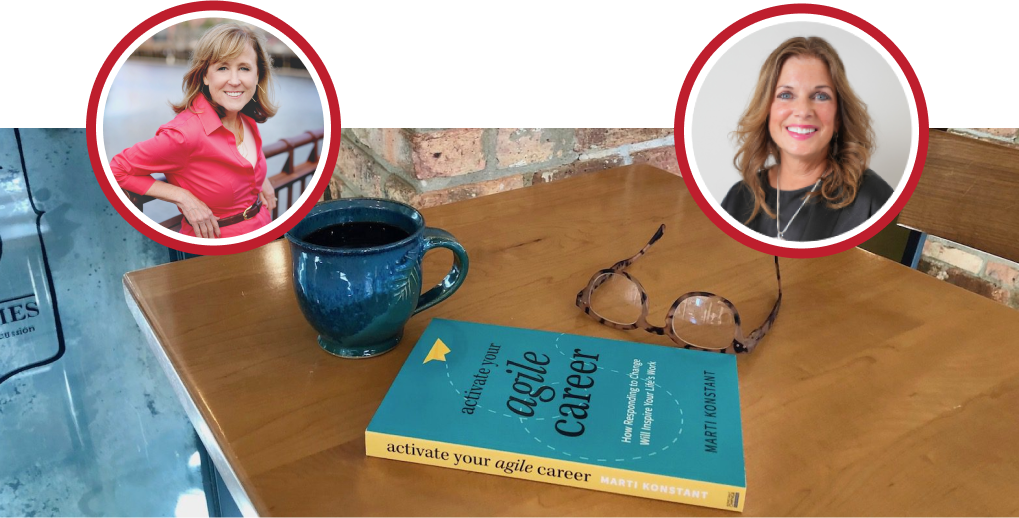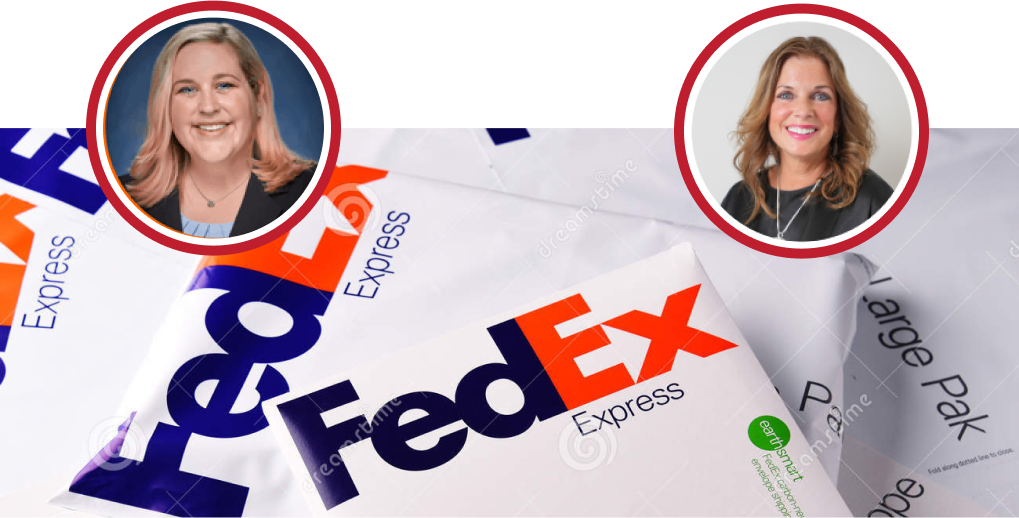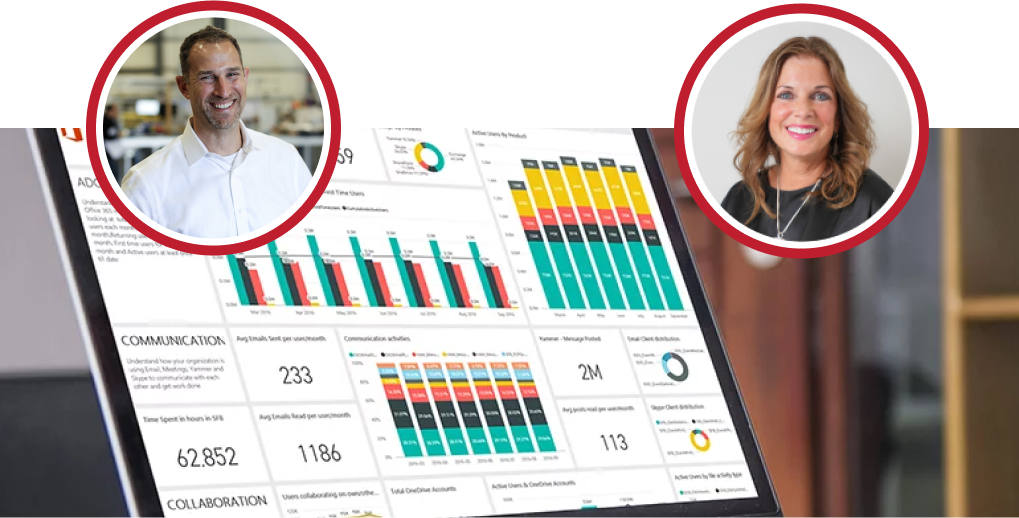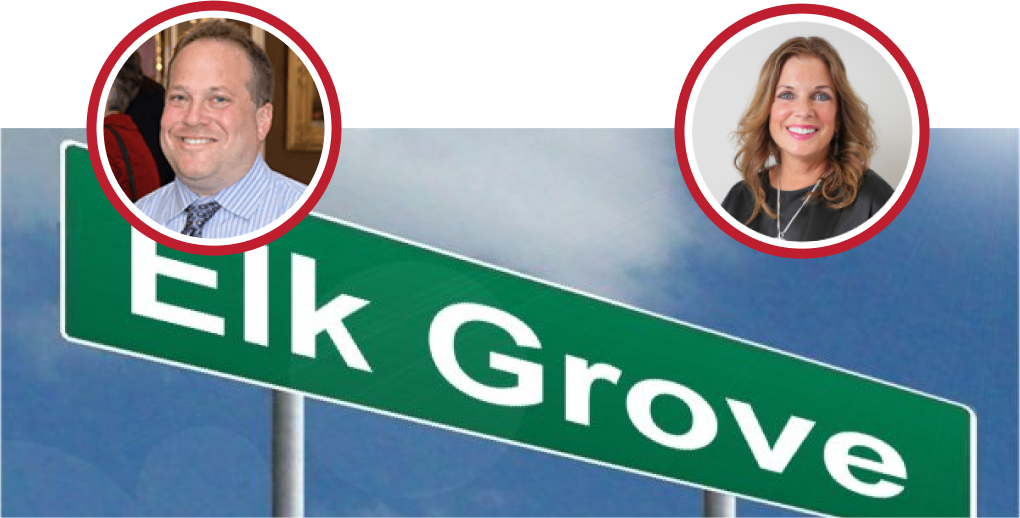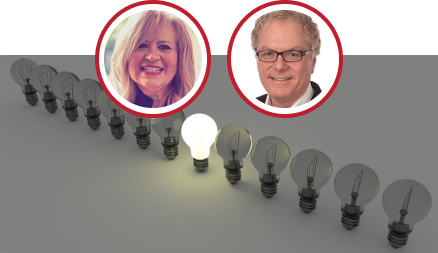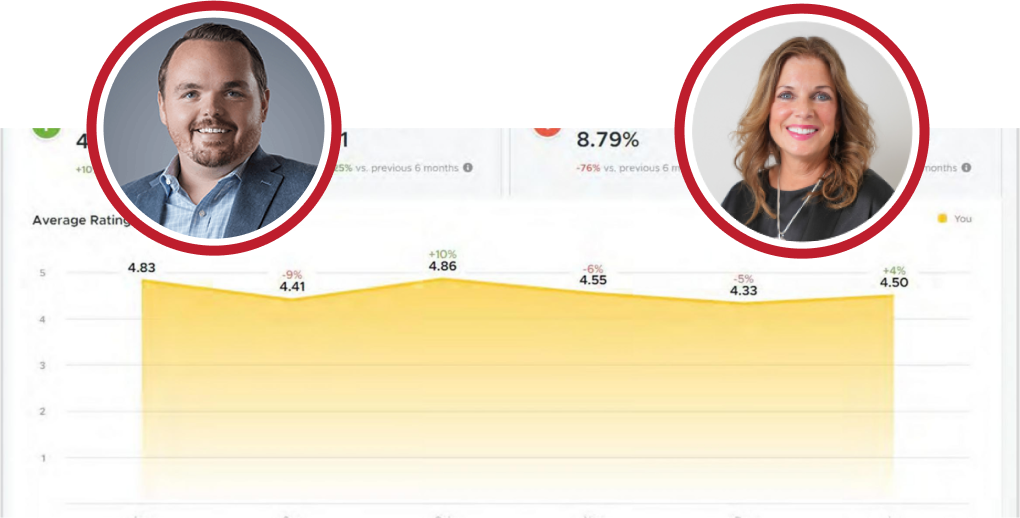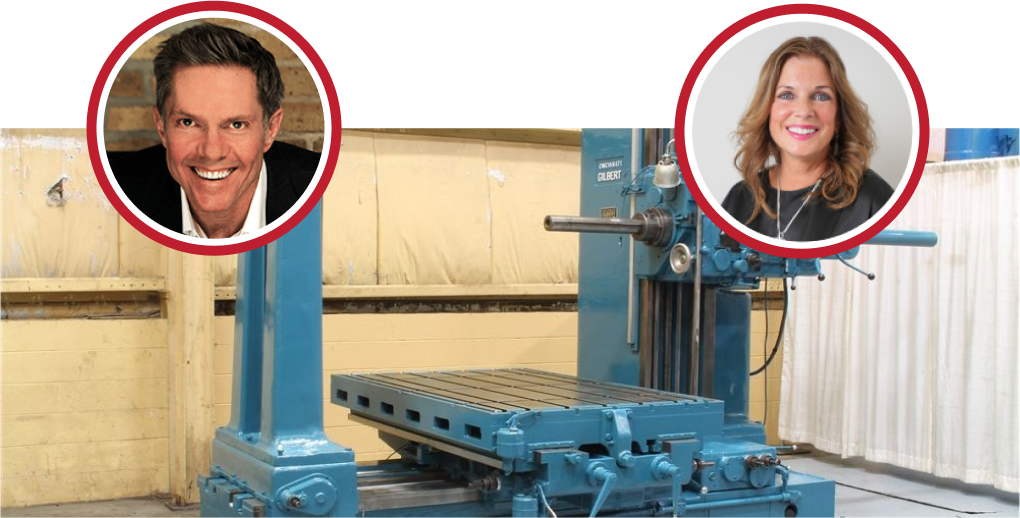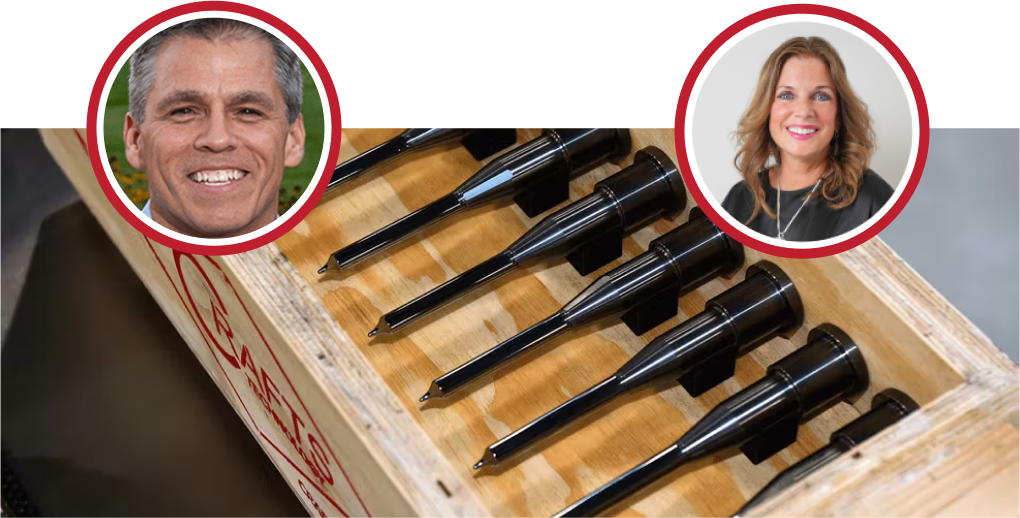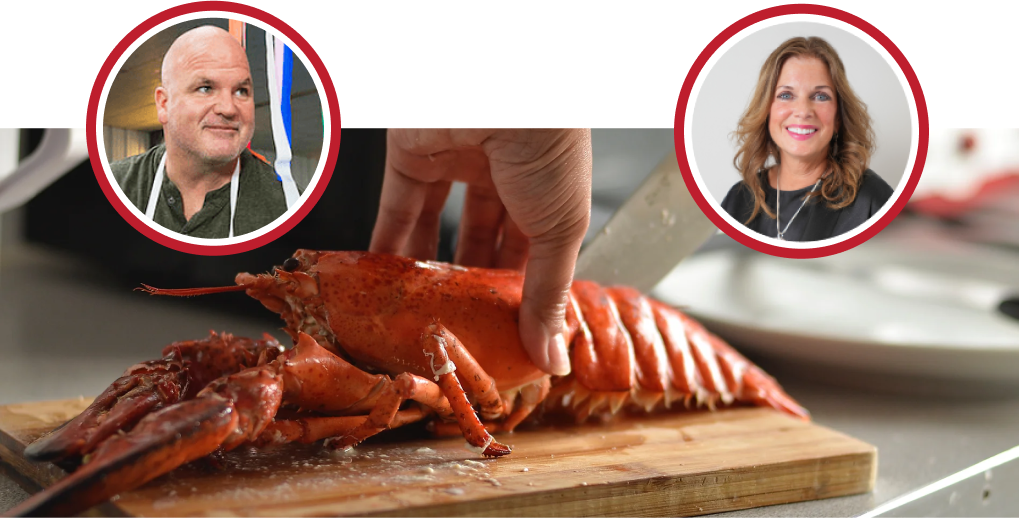Kathy: So, welcome everybody to January’s edition of the “Business As Unusual.” I am so excited to kick off with a returning guest Michael, and some new guests to talk about predicting the unpredictable. What’s going to impact business as we move through 2022. So, really thrilled to have our three guests today, and I’m hoping that they could take a few minutes just to introduce themselves, and we’ll start with Claire. We’d love you to tell us a little bit about your clear career journey and what you do at the Fifth Third Bank?
Claire: Of course, thank you, Kathy. Good afternoon, everyone. My name is Claire Ellerhorst; I am a Private Bank Investment Strategist at Fifth Third Bank. I’ve been at Fifth Third Bank for just over six years and started in a leadership program with the bank, where I rotated. Since then have been working on the investment strategy team. Our investment strategy team is responsible for supporting the asset allocation for our private bank and institutional clients when we communicate that strategy internally and then externally as. Well, for those of you that don’t know fifth third well, it’s one of the largest banks in the U.S. we operate in 11 states we’re through the Midwest and the South-East. Our unique name stemmed from when our predecessor banks, Fifth National Bank and Third National Bank, merged. So, that’s where we got the unique name, and our investment management group manages roughly 30 billion dollars in assets. So, that’s a little bit about myself and about the Fifth Third Bank.
Kathy: Thanks, Claire. And Michael, welcome back. We’re excited to have you back to share your perspective.
Michael: Yeah, thank you so much. I am Michael Rary, with Capstrat. We’re a fully independent Registered Investment Advisory Firm based out of Oak Brook. We specialize in helping partner with individuals and businesses to help achieve financial peace of mind. We have a unique culture at Capstrat that I am very grateful to have been a part of for the last 12 years. I now oversee our Investment Research and Portfolio Management and am really excited to share with all of you some of our unique research insights today.
Kathy: Well, we’re thrilled to see it. So, Terry.
Terry: Yes, my name is Terry Bressler. I’m a managing Director with Prairie Capital Advisors. My firm focuses on ownership transition, and specifically, I focus on my transaction. So, I help our largely family-owned business client base to sell their businesses to either private equity funds or strategic acquirers, and then occasionally, we do recaps if there’s not a desire to sell but a desire for liquidity. I’ve been in the business for about 35 years, and honestly, with inflation, which is one of our topics. I’ve seen it before as a very young professional, and so we’re living truly interesting times, and I’m looking forward to this conversation.
Kathy: Yeah, we are as well. It’s been a pretty interesting last couple of years. So, really excited to see how those factors will play into what we’re going to see coming up this year. So, we’re, as we are always kick-off. We talk about the opportunities for businesses to grow at Red Caffeine. We always feel that there is a multitude of lanes you can take in your growth strategy. So, today’s content is really going to help us steer that ship in terms of what we can expect that’s not in our business control. So, really thrilled to jump into that topic. What I’d love to just also remind our attendees is if you’ve got a question, we would love to hear from you; we want this to always be a really interactive session. So, please type your question in the chat if you’re attending on our streaming applications through LinkedIn or Facebook. Dayna Walters will be moderating today, so she will take your questions, and she will feed them to the panelists and me. So, let’s make this a really lively interactive discussion today. So, I’m going to turn it over to Claire and have her start us like we have gone through a huge roller coaster in the past couple of years, and the pandemic and the government’s response to it have been both sharp, and we’re seeing some short this short recession and the fastest growth we’ve seen in 40 years. So, with all those factors at play, what can we expect in 2022?
Claire: Thanks, Kathy; I think that is the ultimate question for today and on investors’ and business owners’ minds as we enter this New Year is what can we expect. So, as you mentioned, we experienced a short, deep recession in 2020, and we’ve since entered a new expansionary period in the United States. The first phase of the business cycle has passed. We’ve regained that ground we lost during the preceding downturn and reached old highs in GDP and are making new gains today, but this next phase of the business cycle doesn’t come without challenges. Now the business community and investors need to confront some of the structural damage to our workforce, our supply chains, our Federal balance sheet, and our expectations of price stability of inflation have already come up, and we’re only a few minutes in today. So, this reckoning is going to influence economic growth policy investment outcomes and their challenges will have to work through in the quarters and likely even years ahead we have a few observations as we enter 2022, at this point in the pandemic it’s become clear that the resurgence of Covid- and subsequent resurgences of Covid are a much greater health risk than economic risk we’ve been tracking cases and deaths alongside Google mobility data as a proxy for economic activity out there and what it shows us that with each surge economic activity is experiencing less and less of a dip this tells us that consumers are learning to live with Covid and certainly consumers are reacting to this new variant it’s likely to cause a pause but as an economic threat we see this as likely to be over rather quickly that may not be the case for future variants, so we’ve developed this framework to assess the economic risk of new variants, and we base that on factors like transmissibility lethality efficacy of vaccines and treatments on that variant and importantly the likely consumer response with which so far with variance and the surges we’ve seen the consumer has been responding less so certainly still an health risk but less so an economic risk and then the elements remain in place today for above trend growth in the U.S. We still have expansive fiscal policy stimulative monetary policy we estimate we have two trillion dollars in excess money market future mutual funds and that’s cash on the sidelines that can really fuel investment and consumption moving forward we’re encouraged by that the Federal Reserve has signaled a change in tone they’ve begun unwinding some of the emergency measures that were put on during the lockdown in 2020 but policy today still remains very supportive and stimulative we’re coming off a low level of interest rates that even with the soon rate hikes that are being predicted by the market it will take a very long time to fuel these rate hikes as restrictive policy will still be on in the most aggressive of estimates by the end of the year still be running with the Fed funds rate under the level of inflation, which would be considered to be stimulative, but the Fed will begin raising rates this year perhaps as early as march that’s starting to become the assumed start time and has been getting more aggressive as over the last several weeks. So, we do need to be prepared that investors and business owners will have to be a little bit more vigilant as we enter a rate increase environment, and then finally, while it’s far from over, we see some signs that inflationary pressures and supply chain problems may have peaked here we can get into this in a bit more detail, later on, I think we’ll probably hit these topics, but we are seeing the worst of it now, and we may see some of that pressure abate in the months ahead well it still sounds like there’s a lot of things in flux. So, Michael, do you have any comment on this, or shall we jump into what you guys are really seeing? Yeah, we have plenty of comments, but yeah, we can jump right into it all right. Well, I love your market forecast. So, I do feel like we’ve got an opportunity to sort of take those macro insights from Claire, and how is that going to affect our private investment strategies?
Michael: Yeah, definitely. So, every year when we roll out the annual outlook, we always think of probabilities and scenarios that are sort of ingrained in our DNA, and we like to tie the annual outlook to a sort of consumable theme that everybody’s familiar with a lot of our clients are not investment professionals it’s why they hire us, so we like to make it relatable it also makes a little more fun so for any of you that were lucky enough to join this webinar last year you may recall our theme for last year was the movie back to the future the idea was in 2021 all anybody wanted to do was go back to the way things were pre-pandemic, but the reality of that outlook was that events have transpired policies have been enacted that are likely going to permanently alter the future course of markets economics politics and society and now as we go into 2022. I think it’s safe to say that markets and economic society look nothing like they did pre-pandemic and, so, a different way of saying we’re not in Kansas anymore. So, the theme for this year is the movie,” The Wizard of Oz” and as we go through our base case called follow the yellow brick road bear and bull case there’s no place like home it’s somewhere over the rainbow we have the probabilities sign there and there are four key themes that we think are going to drive economics and markets this year that play out differently in each of these scenarios, so the first is inflation, and we’re going to talk about Covid- 19, and the knock-on effects of that for inflation and economic growth Central Banks particularly the Fed and then China, so if we want to dig into our base case follow the yellow brick road, and we’ll tie that to the movie, so the yellow brick road in this instance is the path of slowing economic growth and inflation which is this long winding difficult path for investors that we’re going to be on this year the Fed in this instance is the wonderful wizard of oz the Fed has done nothing but grant investors wishes for higher stock and bond prices for quite some time now by basically providing stimulus anytime there’s a volatility or speed bump in the economy investors this year however are going to find out that the Fed is much more fire and smoke than they have been in prior years and that ultimately the Fed will not be able to grant investors wishes for higher stock prices will not be supportive of markets until businesses corporations individuals act in a way that allows them to defeat inflation in this scenario obviously is the wicked witch of the west it to the moon and so ultimately we don’t think inflation will be defeated, but it will moderate quite a bit and that will allow the Fed to effectively under deliver on rate hikes and be somewhat supportive of markets. So, we’ll go through each of these themes on the following slides, but real quickly just want to talk about what all that means in terms of point estimates for growth inflation, etc. So, in our base case scenario GDP growth of about four percent that’s just slightly above consensus right now but still a long ways from recession we think headline CPA, CPI by the end of the year should get down to somewhere around three and a half percent from seven percent currently so basically being cut in half we’ll talk about how we get there number of Fed rate hikes in our base case we see two to three the consensus now in markets is four to five so that is under delivering on rate hikes and in that environment where the Fed is able to pivot and under deliver that should be supportive of the SP 500 and U.S. equity markets we have a 4 900 price targets on the s p which from here is more like 12, 13 returns but from the beginning of the year was somewhere around a seven percent total return and our other two scenarios 20 probability each the one thing to note here is the probability of those things changed throughout the year the market will favor one of these scenarios throughout the year but coming into this year our bear and bold case are balanced which is the first time that’s been the case in over three years now our bold case had been a higher probability than the bear case for quite some time this year we do see the balance, so it’s going to be a difficult volatile year , and we can speak through those key themes on the coming slides, so the first is inflation probably the biggest question how do we get from seven percent headline CPI down to three and a half or how do we get from five and a half percent core CPI down to something like three , and we think breaking down the core CPI into its components and doing the math actually allows you to see it’s not as difficult as you might think so what we’ve taken here we take the core CPI which has a number of line items, and we break them down into buckets that we think are more appropriate based on where the economy is right now so the first line the purple line that’s what we call the reopening basket that in total only represents five percent of core CPI and these are things like used cars hotels and motels airline fares car and truck rental prices those at one point last year were up 40 percent year over year that’s what happens when you try to reopen the economy when you just try to turn the light switch back on right, so these are only five percent of the core basket at a 40 year-over-year change that contributes significantly to inflation let’s say over the next 12 months let’s just say this purple line goes down to a 10 year-over-year change that would still be very hot historically, but that would dramatically reduce the impact on overall CPI so if we get that purple line to come down to 10 commodities are represented in orange this is core CPI. So, we’re not talking about food and food and energy commodities, but other commodities that are in core CPI those are about 25 percent of the core basket; they’re up to ten year-over-year right now extremely hot if by the end of the year those get down to five percent that would do a lot to core to cool inflation and then finally you have the long-term bucket those are things like rents. So, owner’s equivalent rent of primary residences and medical services, we think those are going to stay pretty stable running at three and a half percent, so if we get the purple line down to 10, which is not asking too much, especially if you think how difficult are these year-over-year comparisons how hard is it going to be for used car prices to go up another 10 percent this year considering how high they were up last year and considering a lot more supply of new cars are going to come online especially back half of the year, so we get the purple line down to 10 orange lines down to five and the blue line moves sideways that’s three and a half for core CPI that’s very reasonable inflation is a year-over-year metric it’s naturally mean-reverting it’s very difficult to continue to post these types of inflation numbers especially as the economy reopens which I think speaks into the next slide which is Covid19. Our tagline for Covid- 19 is what we call indemnification so end consumers and policymakers increasingly finding they have no other option but to live with the virus, so this chart is one that everybody’s seen this is cases hospitalizations and deaths in the U.S. you can see the omicron wave just straight vertical to the right side of the chart if we have the fact that omicron is so incredibly transmissible and thankfully far less deadly than prior variants rapidly changes the policy response and the narrative around Covid- in our view if you look at countries around the world that had the omicron wave before the U.S. and you look at where they’re at now this could clear up very quickly so for example South Africa their case counts are down 60 percent over the past 14 days the UK their case counts are down 50 percent in just 14 days, and they’ve removed all restrictions, so it’s quite possible if we follow the path of these other countries and if we were to update this chart through yesterday you can see it looks like cases in the U.S. may have peaked it’s quite possible that by the time we get to march April we’re back down to case count levels that we saw last spring which was sort of the heat of the reopening type trade and if we can have less stringent policy responses and consumers continue to spend on experiences through this wave that’s going to do a lot to cool inflation and broaden out the economic recovery what we don’t need is people locked up in their houses buying things on Amazon that is going to continue to put a lot of strains on supply chains, and it’s going to put a lot of pressure upward pressure on inflation, so we think omicron as we get over this wave it is supportive of a moderation in inflation and then as that happens the big question is how does the Fed respond which we think goes to the next slide and what we’re looking at here we’re in this age of the Fed probably talking too much and saying more than they need to and providing a lot of forward guidance on how much they think they’re going to raise interest rates so let’s go back to the last rate hike cycle and say we’re three months out from the first-rate hike which you could say is a position we’re in right now the odds are that the Fed’s going to hike rates in March. So, let’s go to the beginning of this chart; that green line is what the Fed expected they were going to do with the Federal funds rate just three months before the first rate hike in December 2015. They said all right over the course of the next three or so years we’re going to get the Federal funds rate up to three and a quarter the blue line is what they actually were able to do they under under-delivered dramatically, and you think about why they under-delivered well they did that first 25 basis point rate hikes in December 2015 then the stock market went down 10 over the course of about 15 trading days and Chinese economic growth was slowing quite dramatically then in the middle of the year we had Brexit which ended up being sort of like y2k it wasn’t a big thing, but they found any and every excuse to under deliver on rate hikes, and they reacted to volatility in markets by becoming more supportive and then at the back end of this rate hike cycle the markets started calling for rate cuts, and they obliged they satisfied the market’s demand and started cutting after the market called for rate cuts so here we are in a similar situation three months out from the first potential rate hike the Fed’s saying they’re going to get the Federal funds rate up to two percent we’ll see what happens we tend to agree with Claire’s point of view that the Fed does not want to aggressively hike interest rates the fact is they’re behind the curve they are late and when you’re still buying upwards of 100 billion dollars in assets you can’t just start raising the Federal funds rate, so you have to do the next best thing which is said how aggressively you’re going to raise the Federal funds rate when you can but once they actually get to the point when they are hiking rates and once inflation starts to moderate they should be able to pivot under deliver on rate hikes that should be supportive of markets and the last piece of this is the Fed isn’t just dealing with rate hikes they’re also dealing with the size of their balance sheet, so the Fed has been buying assets since the pandemic so if we move to the next slide and this is a bit of correlate correlation some people would argue causation, but the blue line is Fed assets which obviously have gone up and to the right and the green line is the s p 500 index so sort of plane and plane is day the lines basically lay on top of each other they follow a similar trend as the Fed buys more assets they support markets they increase the wealth effect they bring down borrowing costs for businesses bring down interest rates forces investors out into riskier assets like equities and so the s p 500 follows now they’ve come out and said that when we get to June not June of this year not only are they going to be hiking interest rates, but they’re also potentially going to be reducing the size of their balance sheet if they get too far down that path without inflation moderating maybe with economic growth starting to slow if they get too far down this tightening and balance sheet reduction path it is going to be very bad things for markets that would bring us into the bear case you look at this blue line the last time it started going down was in 2018 they actually started trying to reduce the size of the balance sheet, and then you look at what happened in the s p 500 it was very tough sledding for quite some period of time that was the absence I’ll let you pull up the slide again, but you can see that’s when we had an 18 drawdown in the s p 500 in December 2018. So, we think it’s key that inflation moderates enough that allows the Fed to pivot before they get too far down this path in order for equities to have another good year.
Kathy: Yeah, and Michael, we did have a question; back a couple of slides regarding the housing market? So, people are watching all those rate increases for residential rental properties. Is that sort of falling in line with some of the other things? That you see in that core group that you spoke to.
Michael: Yeah, so this is how housing prices flow into CPI. So, housing prices aren’t directly tied into CPI; what’s tied into CPI are rent measures, and we actually have a chart if you can go to see it actually slides 29. You can see it quite; clearly; I don’t know if you can get there, Kathy, but basically, how the relationship works if you take the year-over-year change in home prices, rents which are measured in the CPI are going to increase they’re basically going to follow home prices with a lag of about 18 months. So, we can show this up, and it shows it pretty clearly; you see the green line here is the change in housing prices up about 20 year-over-year you lead that the change in housing prices by 18 months, and you can see the rent measures in blue follow they follow at a far lower rate, but they do-follow. So, it’s baked in the cake that rents are going to be increasing by somewhere around three to five percent over the next 18 months; in our view, even if housing prices start to come down from here, the rent measures will move upwards on a lag, so that’s why we think that long-term basket and core CPI. It’s going to be pretty sticky at three and a half percent; it’s going to be the other areas of the inflation basket coming down that allows inflation to moderate.
Kathy: Thank you, thank you. So, we want to sort of switch gears; Terry, tell us how you think this is going to impact the private equity market? And, what we’re seeing in terms of transactions for businesses looking to sell their business? I’m going to get to your slides as well.
Terry: Yeah, maybe just to start off, interest rates are very important in the market because when you think about it, almost every transaction has got some measure of leverage in it, and so if your cost of borrowing increases, i.e., interest rates get higher that definitely has an effect on the transaction and I can get into that a little bit the other thing that we focus on in the business is really, it’s like, no other, it’s like every other market I should say the law is the supply and demand and so if there are a lot of companies for sale how does that affect the market, and then look at the demand side and that is private equity funds and strategic acquirers and what they’re looking at and so volume measures are some things that we always look at one thing you should notice on this chart here is that each year there’s approximately 250 billion of middle-market transactions, and you can see by the legend at the top that we define those as 300 million dollar values and less. So, definitely a middle-market kind of strategy. The one thing I would say that if you look forward into 2020, obviously that’s the Covid affected year, and just bright line you can see Q2 on this chart was when Covid-19 hit everything started shutting down and obviously affected volumes and so that year we were short of 200 million and more like 186. I’m sorry 200 billion more like 186 billion in total now the one thing I would note is that since the end of the pandemic or not the end but when the pandemic started freeing up a little bit I always liken the economy and even the market to like taking a basketball and submerging it all the way to the deep end the bottom of the deep end of the pool and then letting it go and as you can imagine that basketball is going to hit the ceiling of that pool house and that’s really what happened in the market and moreover in the economy as well as we were coming out of the lockdowns in the pandemic and so you can see that that trend in 2021 was consistent as well the blue bars getting larger and kind of getting back to where we were pre-pandemic now the one thing I would say is like the supply chain issues that we’re talking about here the market had similar supply chain issues in the third quarter of 2021 and the fourth quarter of 2021 deal capacity was gone lawyers did not have enough time invest in bankers, and we never say no to deals we were actually saying no to deals because we didn’t have time quality of earnings accountants etc. and so these blue bars here in 2021 are probably a little bit understated just because of the lack of capacity to do deals and so that’s important the next slide just expands a little bit on this and this is more specifically private equity exits and this chart does not limit it to 300 million dollar deals or less it’s just all private equity and so the numbers if you’re going to jock numbers around aren’t going to be really consistent, but you can see here the same trends as we proceeded from the pandemic into 2021 both number of deals as well as the amount of deals were expanding pretty dramatically and the reason this is important is private equity funds there’s three trillion dollars of investable capital in the funds right now they’re the professional buyers and sellers of business, and so we always track what they’re doing because they’re the professionals and that really helps our private family business sellers basically we can give that kind of knowledge to these on well next slide so again laws of supply and demand volumes important, but for a private equity or for a business seller this is probably the most important thing is what are you going to pay for my business and the language of man is multiples and so, the these bars are really bars with the multiple on the top of that just showing relative size and in this specific chart it’s a cut by deal value with the yellowish bar being the smaller deals 25 million and less the green being the middle-sized ones and then the blue bar being the larger deals and like, and many other things size matters here and so you can see that the trend is always that a bigger deal is going to have more people bidding on it maybe more capital that would go into it or availability of capital and so therefore having higher valuations a couple of things that I would note here is that pre-pandemic specifically through 2018 since the recession the great recession we were looking at a climb a steady climb in valuations over time and definitely a seller’s market in 2019 I would say that we started to have a little bit of issues the market was getting a little tired a little toppy on the side and so there was a little softness in valuations and so you never want to look at a pandemic and make the following statement thankfully we got a pause in 2020 because I think that reordered everything and during that pause the market as you can see in 2021 started coming back pretty dramatically in the third quarter 2021 the far right hand set of bars shows you that we’re pretty much back to where we were in 2018 which is really the peak of the seller’s market and so my assertion is right now that we are really definitely in an seller’s market meaning that sellers can control many of the pr parameters including the valuation of the deal and so going forward I think prediction 2022 is going to be more of the same as well go to the next slide.
Kathy: I’m going to ask you one, something, I know you’re going to kind of get into some additional things around deal size, but somebody asked if there, beyond the Ebitda is, their things around culture brand or ESG programs that do impact a business’s valuation?
Terry: Yeah, so absolutely, I’m speaking more numbers right now but as you can imagine in a transaction and then that’s the thing about the business is it’s not like the stock market where there’s a lot of stock fro company and so , the valuation depends on selling and buying and all that stuff a sale of a company is a unique asset there’s only one of it and so basically it’s not so much like there’s an intrinsic value for the business, but there’s a value what a willing buyer would pay for it and what a willing seller would accept and so around that Kathy are all the soft issues business strategy strength of management opportunity for growth I mean so many things you could have a separate webinar just on what factors are important and how to play those factors as you approach the market and selling a company but yeah definitely important very important all of that stuff so this slide also just continuing on value let me comment a little bit on strategic acquires financial acquirers and financial is private equity funds and family offices which are quasi-private equity funds note that the blue bar is usually higher than the green bar and the reason for that is a street strategic acquirer basically owns something that’s similar to the business that they’re acquiring and so when they buy the company they think they can cut costs and so maybe that’s getting rid of c-suite executives maybe there are advantages in purchasing that they can achieve and so basically they’re willing to pay more because they know they can cut costs and really make the deal work and private equity funds while some of them may have portfolio companies that are similar they can be a quasi-strategic but many of thepproach it fairly mercenary wise and can’t cut costs and the like and so the green bar is usually lower than the blue bar as you can all see in 3q 2021, and I might add our preliminary data for 4q is the same is that that is not the case today, and it shows I think and this is our thesis that there’s a little supply chain issue affecting valuations in the market right now and so when you think about it a strategic acquirer while they’re very active in making acquisitions they’re somewhat reticent to pay up for those acquisitions and what we think it is that they’re all dealing with supply chain issues trouble acquiring raw materials and maybe there’s expensive raw materials trouble getting labor, and just a whole array of things that they’re dealing with and so if they’re going to acquire a business they’re probably going to get those same issues with the business they’re acquiring, and so they’re doubling down on risk and so what do they may make the acquisition, but they’re not going to pay up for it and so to some extent what we’re seeing today is that strategic acquirers have pulled back on valuation but not back on participation in my transaction and so that’s actually good for the private equity community right now yeah, so.
Kathy: I would have. I thought I think that’s an interesting dynamic because I would have assumed strategics were really also thinking about capturing talent or giving more to their business in terms of access to the supply chain by an acquisition that would give up give the different product line or something that they couldn’t buy on the open market. So, it is sort of interesting to see that?
Terry: Yeah, and now that does happen Kathy, we have a transaction , that’s in, , process where it’s in the logistics space heavy asset trucking and the acquisition appears to be the acquirer our client is the seller wants to acquire our client because of the drivers yes I’ve heard that a bit right and so yeah that does occur, but again they might not pay up for that maybe they’ll pay up a little but not as much as they would have historically okay so that’s kind of an interesting thing and then just going back to some of the comments that Claire and Mike made earlier if you go to the next slide I mentioned that’s very important, and you can see with the dark space on these bars being equity is a substantial namely half of a cap structure in a typical bio today and so how much did that cost really does limit what you can pay for a company and so it’s an inverse relationship between value and interest rates as interest rates go up valuations tend to go down, and it’s all because of DCF if you’re discounting a future cash flow with a higher interest rate the net present value goes down as interest rates go higher and then also next slide shows again tracking the debt markets , on man, we Snapchat, the next slide Kathy. We Snapchat or at least try to track a middle market loan issuance as well, and you can see we’re coming back middle market banks are starting to lend more and more, and it’s really not so much a supply issue most banks have way more available lending that they could do it’s more of a demand issue and now with the market starting to the crank up in the middle market again it’s getting back to where we should be and then finally there’s just two more slides one more is just the yield curve which again after Claire goes through hers we can talk about this I always like looking at yield curves I started my career in capital markets and so you can see I mean obviously green being 2020 December in the top line being a January like right now the reason yield curve shifting upwards is because of inflation as well as just interest rates is part of that component is inflation and then lastly just one slide more on cap structures just a division of what the senior and sub debt is and subordinated debt is also a useful financing source in transaction, so we track that market as well as the debt markets one thing I’d say is consistent to what I said earlier if debt is half of a capital structure and these are all multiples again multiples of cash flow and so if that is about four times cash flow, and I’m telling you from earlier slides that seven to eight times is the valuation metric well then again that is half of that, so it’s 50 so everything kind of hangs in order here, but I guess summarily I’d say think about this is a great market if you’re ready to sell it’s a good time to sell I think as interest rates go higher valuations are probably going to be a little bit under attack meaning they’ll come down a little bit and so again if somebody’s ready to go now would be a good time to think about going into the market.
Kathy: Thank you. It’s just so it; I still hear a little bit about a mismatch in terms of buyers and sellers, but I do think it’s just been a really interesting year a couple of years around that of the different ways people have approached, um some of the other challenges in their business beyond just succession planning and such in terms of a sale so like let’s jump into a pretty hot button topic the labor market I mean we have seen again a real rollercoaster of things going from like under four percent, unemployment to almost 15 percent on unemployment and then back down again, so, things that we’re seeing do sound optimistic but where are we at in terms of really matching up the people we need to fill these open positions just talk to us a little bit about what you see in terms of the talent market?
Claire: Sure. So, we see the labor markets as being absolutely crucial to this expansion the key to how fast we’re going to be able to grow from here right now this chart’s showing wage inflation it’s running close to five percent a level that we see, and I’m sure many business owners on this call may also see as unsustainable if this level of wage inflation continues to persist it can impact broader inflation it can raise inflation expectations and that represents a danger some of this can be offset by productivity gains but if we stay near five percent the rise in productivity will likely not be quite enough to fully offset elevated wage growth , so we believe improving our labor force participation rate if you go to the next slide is really the key here poor work for force growth is really a fundamental constraint on all economic growth the decline that we’ve seen in birth rates the expected retirement of baby boomers has really long argued for a labor shortage that was going to have a gradual impact, but the pandemic has made this an immediate problem millions of older workers accelerated their retirement some to income households have elected become single-income households with a stay-at-home parent and then millions of workers have needed additional time to land a job due to this mismatch of skills or geography or pay expectations that we’ve been hearing about some of those dislocations in the labor market so here we see the labor force participation rate that represents the percent of Americans who are in the civilian non-institutionalized population that are actively employed or are actively seeking employment the drop in the char you see here is representative the pandemic and each percentage point represents about 2.2 to 2.4 million people, so we can see this has been a big loss and while we’ve recovered on the unemployment rate we’ve really only recovered half of the losses since the onslaught of the pandemic, so we believe this might be a time like 2019 when businesses are more aggressive without outreach once they’ve worked through some of the pandemic related pressures and can make decisions. So, this could mean a change in policies reviewing what you really need in job descriptions. For example, recently, delta decided to get rid of their long-standing requirement for pilots to have college degrees, so now they’re simply just looking for people who know how to fly points which are qualified to fly planes we’re going to need to be more adaptable to help raise the labor force participation rate that’s why I bring up that example we are hopeful that the business community can get this done the business community is good at solving problems, and we’ll be looking to find the people they need get them trained and get them to stay, so we see this as becoming a real priority for businesses and hopefully one that will prevent wage inflation getting out of hand we’re tracking this improvement in the labor force participation rate barely very closely we want to see improvement in this number moving forward to be confident and how quickly we can grow as a U.S. economy.
Kathy: Yeah, so another hot button topic is obviously the supply chain. So, I mean, you get really competing for information on whether it is driven by workforce or it’s true we’re troubled by actual access to the supplies that we need to talk to us a little bit about what you see in the supply chain? And truly, what is driving these challenges for businesses?
Claire: Sure, yeah, I mean, I think increased demand workforce shortages are certainly exacerbating the problem, and it’s a combination of failures in the supply chain increased demand and those and those workforce shortages the supply chain disruptions are really having two impacts one is that it’s contributing to inflation and two is that it’s holding back economic growth so if you can’t get the goods you need to manufacture consumer goods you’re going to be held back in terms of growth that’s what we see has been happening we do believe that the worst may be over one of the ways we’re measuring this can be seen in the chart on the left the cost of shipping we’re looking at container freight rates from shanghai to Los Angeles here you can see freight rates peaked around September or October, and they’ve come off those highs still very elevated, but this seems to suggest that the worst could be over here we’re seeing something similar with truck equipment rates on the right a little less encouraging here they’re hovering at the highs we saw last year but don’t seem to be continuing to make new highs at least so far so all this suggests that while the supply chain issues are likely to continue they will get worse and may possibly even get better in the intermediate term one thing that’s working in our favor here is the seasonality and supply chain pressures let’s go to the next slide as many of consumption in the U.S. a large portion of it is done around the winter holidays so meaning that goods are shipped in the weeks and months ahead of those holidays this is a chart of inbound containers reports in southern California Los Angeles and long beach, and it gives you a sense of that sick locality I had some arrows here to help drive that home that I think fell off here, but we’re off those peak periods now it suggests that we’ll at least get some temporary reprieve from some of these challenging supply chain issues it certainly doesn’t mean the cell problem is solved we’re going to take a while to work through these issues but if the pressure is lightened at least for the time being it could help to the degree that supply chain issues have been stoking inflation and limiting growth having the pressure off there for the time being could be a benefit here likely to get a bit better in the near term not contribute so much to these issues.
Kathy: Yeah, Terry. Do you have something to add here?
Terry: Yeah, I was just going to say, so one of the executives that we’re working with ordered a BMW kind of, custom design one, and believe it or not, it was supposed to be delivered in November, like right before Thanksgiving, and I talked to him yesterday, and basically it’s still in the port like in a container, and again I think no disrespecting Claire’s stats and all, but it’s my understanding that all these ports basically have layers upon layers of containers that even though container pricing is maybe moving around, there’s still a backlog of stuff that’s just locked into these ports that have to be unlayered and gotten out of there. So, I don’t know, Claire, if you have any thoughts on that or have any information on that?
Claire: Yeah, absolutely. I’ve heard the same that there are containers just not being able to get through, and there have been efforts to have longer hours at these ports, and they are certainly dealing with workforce challenges and covert related challenges on the labor there that has been contributing to not being able to get the goods through the ports in a timely manner. So, they’re absolutely still elevated. I think we’re hopeful that we see signs that we might be at the peak. I certainly don’t think they’re resolved today, and we are. It’s going to take time to work through these issues, but if we’re at the peak, that’s a good sign moving forward. I think it’s going to take months, maybe quarters, to continue to work through these as the pressure is lifted. Hopefully, that is lifting some pressure off of inflation as well, and hopefully, that seven percent we saw might be the peak in inflation, or perhaps over the next couple of months, we will hit that peak.
Kathy: Well, I just have one comment. I’ve also read that it’s been a lot also to do just with technology and infrastructure that we just don’t have the technology infrastructure we need to manage this these logistic challenges as well so but as you mentioned, there has been an inflation surge to seven percent and Terry you were going to kind of talk a little bit about what you see in terms of? Where we’re headed within inflation? How do the interest rates play a factor in that?
Terry: So, I think almost everybody we talk to business owners buyers everybody’s concerned about inflation now one thing too, and I know when we were talking earlier mike and Claire we talked about the controversy, and I’m going to create controversy now because like us 10-year treasury is currently like one I’m looking at the Bloomberg screenwriter it looks like it’s 1.82 or something like that, and I know you were predicting two percent for next year and my gut tells me just with inflation even inflation coming down that probably is going to be an underestimate. In my opinion, it’s probably going to be well into the twos somewhere. I don’t know if you have any comments like that, as I called you outright.
Michael: Yeah, no, definitely do so. If you look at 10-year Treasury yields, the biggest component of those yields are inflation expectations over the next ten years, and if you look at inflation expectations over the next ten years, that’s basically questioning the Fed’s credibility to get the inflation situation under control over the next ten years and so what you’ve actually seen year-to-date is inflation expectations out to the 10-year point coming down about 0.3 percent because the Fed has talked about hiking so in our view what this means is a curve flattener you’re going to see things like two-year interest rates price in stubbornly high inflation but the 10-year yield the more inflation stays stubbornly high, the more the Fed is going to meet that with rate hikes which are going to flatten the curve lower long-term inflation expectations and bring about recession fears next year.
Terry: So good answer, yeah, know what I’d say, though, and the only thing I’d point out I just, again, I’m not an economist, but just look at, the yield and the ten years being just a couple of weeks ago or maybe a week ago 170 now being 180 it just seems like the dynamic would push that up more dramatically, but I understand exactly, what you’re saying, and the same thing we just track all sorts of different things in again like earlier in my career in the 70s, 80s you could issue debt securities for companies and have a coupon of 10, and the treasury yield curve was 600 700 basis points higher than it is today, and at some point, I don’t know Claire. Mike, if you got any comments on that, do we get back to that environment ever again.
Michael: I have some comments, I think that’s highly unlikely and the reason for that is if you look at all the long-term factors that have kept interest rates so low for so long the biggest one is debit the amount of debt in the economy and quite simply if you look at the 10-year treasury yield as the cost for the U.S. government to borrow money if it were to go up to six seven eight ten percent with how much debt we have outstanding the money does not make the numbers don’t make sense we cannot continue to service the amount of debt we have outstanding in the U.S. we’re globally at interest rates that high and so for and therefore what you’re probably going to see is what happened the last time we mismanaged our finances to this magnitude which was after World War 2, where the Fed came out and capped interest rates on 10-year treasury yields and said no 10-year treasury note will ever trade above 2 percent for this period of time we will buy everything that’s what we think is more likely.
Terry: Yeah, it just shows you, and, again, not to get political here, but just the amount of spending we’re doing, it’s like money grows on trees, and again I think that’s partially inflationary as well, but anyhow I digress.
Kathy: Well, with that, I would love you guys to kind of wrap this up with a final thought. Give us your if you could sum it up in maybe one sentence; what is the top thing that you think a business leader should be thinking about for 2022? And we’ll kick it off with Michael.
Michael: Kathy, I can’t give you one sentence. Yeah, I’m not good at that, but I would say we always, when we’re talking with clients, we’re encouraging them to think in scenarios and probabilities; you have to be nimble in this environment. You have to plan and be creative about what could happen a lot of times, failures and strategies are due to a lack of imagination, so we really encourage business leaders to do that and help them do that and then really understand the relationship between your financial assets either as an individual or a business and your revenues everybody’s financial assets on their balance sheet you could argue are inflated right now you need to make sure that you can stress test that and everything still makes sense if there’s a Fed policy mistake and the price of your assets goes down 10, 20. So, risk management right now is absolutely key.
Kathy: Thank you, Terry. What’s your final thought? What would you focus on?
Terry: Yeah, I would say, again, I’ve got a little different take on what I do, but it’s definitely still a seller’s market, and so to the extent anybody is interested in selling a company, it’s an excellent time to consider that, and even if interest rates do go up early next year there is so much money so many buyers than sellers will be very attractive to the market, and then just maybe one thing I’d say is if people want information I do a quarterly newsletter on the markets it’s called prairie middle-market perspective go to my website which it’s www.prairiecap.com to get some of that thought leadership.
Kathy: Yeah, and thank you, Claire. What about you? What’s your final thought?
Claire: Sure, I mean, I wholeheartedly agree with Michael’s comments as well, but I think just adding to the creative idea, the number one action I would suggest to business leaders is to reevaluate your job descriptions and your hiring practices. It’s up to the business community to do their part in helping to solve this labor shortage as well. Are you filtering out qualified candidates by requiring a certain degree level or background check requirement that perhaps isn’t necessary for the role? So, just encourage business leaders to be open to that idea open to creative ideas to tap into our workforce and help solve the labor shortage?
Kathy: I love that, thank you, and that kind of teases up our next guest. Thank you so much, Terry and Michael; you might see in the chat mentioned these guys today are just thought leaders who visit their website and sign up for their newsletters. There’s a lot of great content they share on a regular basis. So, tap into it, but you can reach them directly just if you connect with them on LinkedIn or send an email to them. Just make sure to put “Business As Unusual” in the subject line so they know that you attended our webinar today and you have a direct question you want to ask them on the note of workforce. We wouldn’t want to stop without thanking our sponsors. Today, two of our sponsors are gurus on workforce issues and severity and H.R. source. M3 learning is one of the most influential and successful sales training groups. So, a lot of great information from our sponsors, and then our next speaker is Mary Lynn Fayoumi, so she is a returning guest, and she is fabulous, and she’s got a different perspective on what’s going on in the marketplace and has really sort of leaned in to what we can take away as businesses around the positive position side of this great resignation. So, we’re going to talk about what you can learn from what’s going on in our talent market today. Should we even be calling it a great resignation, and then how can we as businesses really use this time to reevaluate our talent needs and build a company that is an employer of choice for talent perspective but I that will be upcoming February 17th, so we hope we’ll see you there you can sign up on the homepage of our website redcaffeine.com. So, thank you so much, for the panelists, for joining us today. Oh my gosh, we could have probably had two hours of discussion. There was so much interesting content shared. So, thank you, Claire, Terry, and Michael, and we thank you for attending as guests. We will see you.








